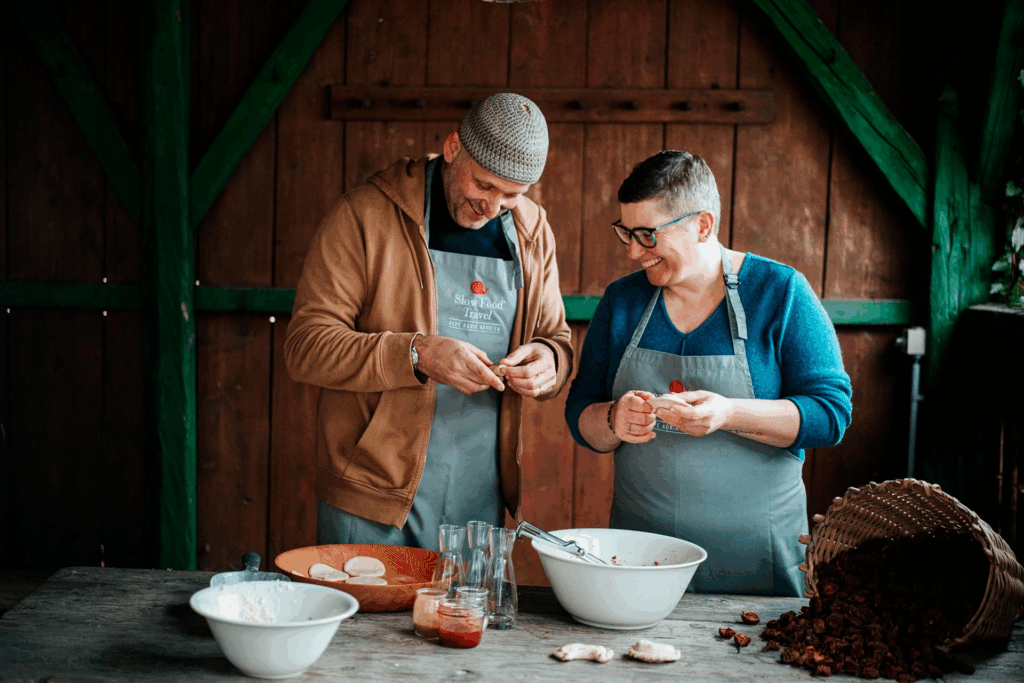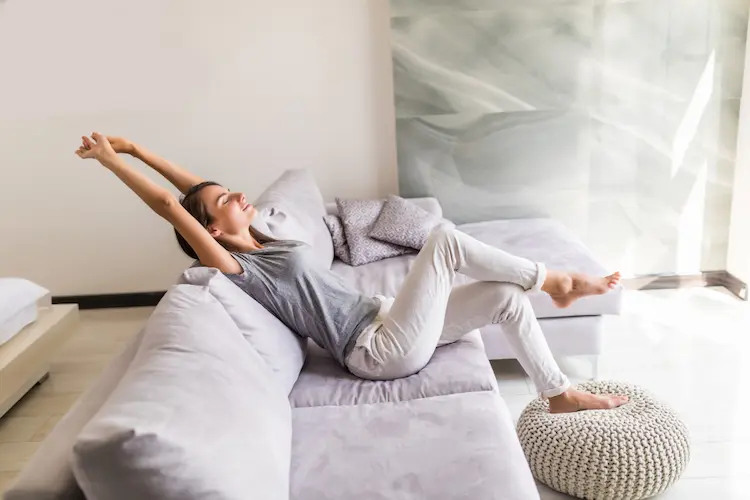In today’s fast-paced world, it’s easy to feel like we’re constantly racing against the clock. But a growing number of people are turning away from hustle culture and embracing the slow living movement — a lifestyle philosophy that values quality over quantity, mindfulness over multitasking, and intention over urgency. In this blog post, we’ll dive deep into what slow living really means, why it’s gaining popularity, and how you can incorporate it into your daily life for more peace, purpose, and fulfillment.
What Is the Slow Living Movement?

Slow living is more than just a trend; it’s a conscious decision to decelerate the pace of your life and be more intentional with your time, energy, and resources. Inspired by concepts from minimalism and mindfulness, the slow living lifestyle encourages you to savor the present moment instead of rushing through your to-do list.
This movement began as a response to the modern obsession with speed, productivity, and consumerism. It reminds us that living a meaningful life isn’t about doing more — it’s about doing what truly matters.
The Origins of Slow Living

Slow living has its roots in the slow food movement of the 1980s, which started in Italy as a reaction to the growing dominance of fast food and industrialized agriculture. The philosophy later expanded to other areas of life, from travel to work to fashion.
Now, slow living encompasses a broader lifestyle that values local craftsmanship, ethical consumption, environmental sustainability, and a deeper connection with nature and community.
Why Slow Living Matters More Than Ever

With rising levels of stress, burnout, and digital fatigue, people are craving a more balanced way of living. Slow living offers a way to reduce overwhelm, reclaim your time, and realign your life with your personal values.
It’s a rebellion against the glorification of busyness. In slowing down, we find more time to rest, reflect, and reconnect — with ourselves, our loved ones, and our environment. That’s not just good for your mental health; it’s essential for your overall well-being.
Signs You Need to Embrace Slow Living

- You feel constantly overwhelmed or stressed.
- You multitask often and rarely finish things with satisfaction.
- You can’t remember the last time you felt present and peaceful.
- You’re always chasing the next achievement, purchase, or goal.
If any of these resonate, it may be time to embrace the principles of slow living. Slowing down doesn’t mean giving up ambition—it means being more deliberate in your pursuits and finding joy in the process, not just the outcome.
How to Start Living Slowly

You don’t have to move to the countryside to practice slow living. Here are some simple ways to start:
- Declutter Your Schedule: Cut back on unnecessary commitments. Leave time for rest and spontaneity.
- Practice Mindfulness: Be fully present in whatever you’re doing—whether it’s eating, walking, or talking.
- Prioritize Self-Care: Make room for sleep, meditation, journaling, or creative hobbies.
- Unplug More Often: Set screen-free hours. Rediscover offline joys like reading or nature walks.
- Shop and Consume Intentionally: Choose quality over quantity. Support local and sustainable brands.
The goal isn’t perfection, but progress. Every small step you take toward a slower pace contributes to a richer, more meaningful life.
Slow Living at Work

Bringing slow living into your professional life can lead to better productivity and less burnout. Focus on deep work—doing fewer things with more concentration and care. Take regular breaks, avoid unnecessary meetings, and set boundaries around your time and energy.
Even in a fast-paced job, you can protect your peace by slowing your responses, practicing gratitude, and creating space to breathe between tasks.
Benefits of the Slow Living Lifestyle

People who embrace slow living often report:
- Lower levels of anxiety and stress
- Better relationships and communication
- Greater appreciation for the small moments
- Increased creativity and inspiration
- A deeper sense of purpose and contentment
It’s not about doing everything slowly—it’s about doing things more meaningfully. That subtle shift can transform your whole perspective on life.
Creating a Slow Living Home

Your physical environment plays a big role in how you feel. A slow living home is free of clutter, filled with natural light, and decorated with intention. Choose calming colors, add greenery, and create cozy corners for relaxation.
Incorporate rituals like tea-making, morning journaling, or evening candlelight to help transition your space into a sanctuary where time slows down and peace takes center stage.
Final Thoughts: Embrace Less, Live More
Slow living is a gentle invitation to return to what matters most. By doing less, we make room for more — more presence, more meaning, more connection. Whether you begin with small changes in your routine or take a deep dive into this lifestyle, the result is the same: a more intentional, joyful way to live.
In a world that glorifies the fast and the busy, choosing to slow down is a radical act of self-care and empowerment. Start today. Breathe. Pause. Reconnect. That’s the heart of slow living.
